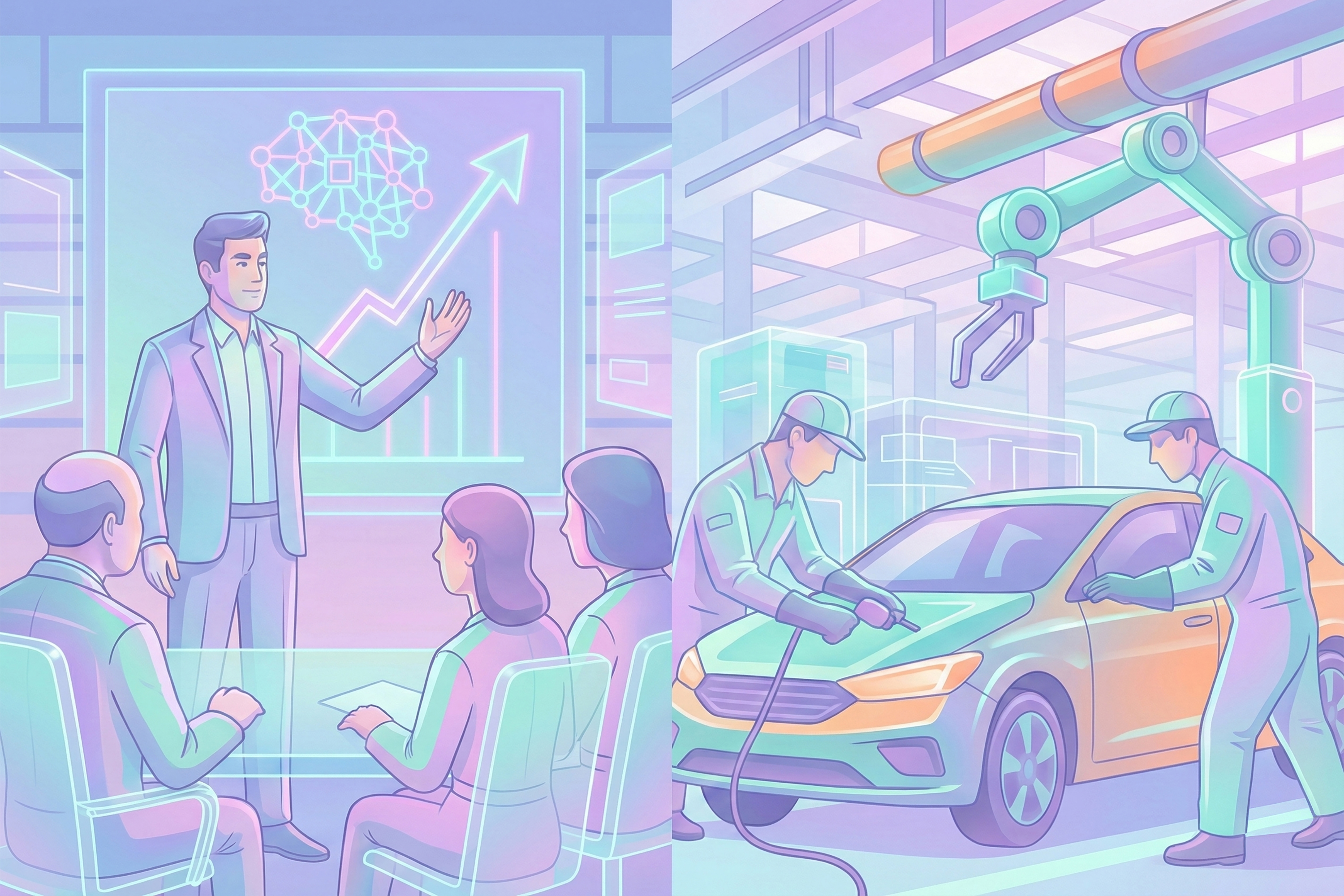
While most of us are still talking about millennials and Gen Z (as we did some weeks ago), marketeers are already shifting their focus to the next cohort: Generation Alpha. These kids were born in the 2010s, most of them have millennials as parents and they are regarded as the first generation raised on touchscreens and digital media. It seems a bit early to proclaim the “next generation”, by most accounts Gen Z is still in school, but it is nevertheless interesting to consider how this generation would differ from Gen Z.
Social scientists and marketeers take great interest in generational typologies as subsequent generations are supposed to develop into distinct cohorts of, for instance, citizens, voters, consumers or employees. Much of the talk about distinct generations goes back to the post-war baby boom that resulted in a large demographic cohort moving through different stages of life in the second half of the 20th century. It thus made sense to keep track of this generation and distinguish it from its successor (Gen X) and, even more so, their children (the millennials, or echo boomers). Each generation, so the theory goes, is shaped by the (global) political, cultural and technological context it experienced during different stages of life. Yet, generational theories remain contested and the precise typologies used, their precise dating and their explanatory variables vary quite a bit between analysts. Whether or not it is warranted to speak of a new generation already depends on the underlying theory one adheres to.
When solely looking at years of birth, it makes sense to define Generation Alpha as the children of millennials and to separate them from Gen Z, which consists mostly of Gen X’s kids. On the basis of Howe and Strauss’s generational cycle, one would expect the next generation only to be born from 2025 onwards and this would coincide with a new high (comparable to the 1950s post-war boom), following the crisis in which Gen Z is growing up (i.e. the Great Financial Crisis and/or climate change).
Regardless of these generic underpinnings, it is interesting to speculate as to what could set this generation apart from Gen Z and the answer may very well lie in the technological or geopolitical domain. Kids born from 2010 onwards, even more than Gen Z, are growing up surrounded by digital technology (and screen-focused parents) and voice–controlled digital assistants. In their teens, they will experience 5G connectivity. All of this implies that this is the first generation to interact with computers all the time, in increasingly less explicit (directly visible) ways.
They will, in other words, develop a relationship of full “embodiment” with digital systems, virtual environments and (increasingly) autonomous devices and no longer make a sharp distinction between the “real” and the “virtual”. Intriguingly, Generation Alpha is also the first generation to be recorded digitally from birth onwards; in governmental records, but also on (their parents’) social media channels. Already, there are several highly successful pre-teen stars in this generation (e.g. Ryan’s ToyReview).
From a geopolitical perspective, Gen Alpha is growing up in a world where the U.S. is no longer the undisputed global (political, military and cultural) hegemon. This means that they (in the West at least) are growing up in more insecure times, in which the outcomes of international conflicts are quite uncertain and new (proxy) wars may be looming. At the same time, they will also experience a far broader palate of (pop)cultural expressions, e.g. in the form of (Asian) film, fashion and music (cf. current attention for K-Pop) and social media platforms (cf. TikTok). As we noted before, such cultural influences may very well prove vectors of (non-American, non-Western) soft power and ideology.
On a speculative note, as societies in the West are becoming more diverse and increasingly polarized, this new generation will experience its formative (teenage) years in many different ways. Filter bubbles, in regular media as well as online, will also feed them with different perspectives on national or global events (e.g. in politics, technology or the environment) and this is likely to lead to more divergence within this generation as compared to earlier, somewhat more homogenous, generations.

